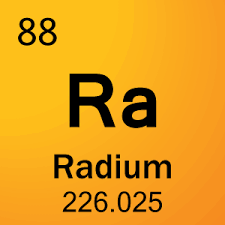Removing Radium from Drinking Water
Published on by Water Network Research, Official research team of The Water Network in Government
Cambridge, Illinois, has a problem with radium in the water and it could cost half a million dollars to fix it. Reverse osmosis and a WTP are the considered options for solving it.
The village operates two wells and one of them has a radium level over 5(MCL), which is the EPA threshold for action. The city has been addressing the problem by mixing water from both wells to reduce the radium levels, but that is only a short-term solution. Village of Cambridge City Administrator Dwaine Van Meenan stresses the water is safe to drink.
 The Village of Cambridge held a meeting to consider its options. VanMeenan says they looked at three possible solutions to fix the problem.
The Village of Cambridge held a meeting to consider its options. VanMeenan says they looked at three possible solutions to fix the problem.
One involves installing a reverse osmosis system at the water treatment plant; another involves filtering with Hydrous Manganese Oxide to remove the radium; another would be to build an Absorption Resin Residue plant.
Officials decided that method (ARR) would create hazardous by-products, so they decided to remove it from consideration.
The consulting engineer recommended that the village builds an HMO water treatment plant to remove radium. It would be more cost-effective than reverse-osmosis, but still expensive at an estimated $550,000. Reverse Osmosis also removes other things, like minerals, that you would want to keep in your water to protect the pipes.
Now, the city will have to decide how to pay for it. Van Meenan is looking at the possibility of getting a loan. To pay the money back, the city would need a combination of actions including an increase in water rates, tap the TIF reserves and rebate money from Build America Bonds.
VanMeenan says coming up with a long-term solution will help the entire community.
Source: KQWC
Media
Taxonomy
- Reverse Osmosis
- Wastewater Treatment
- water treatment
1 Comment
-
Interesting.